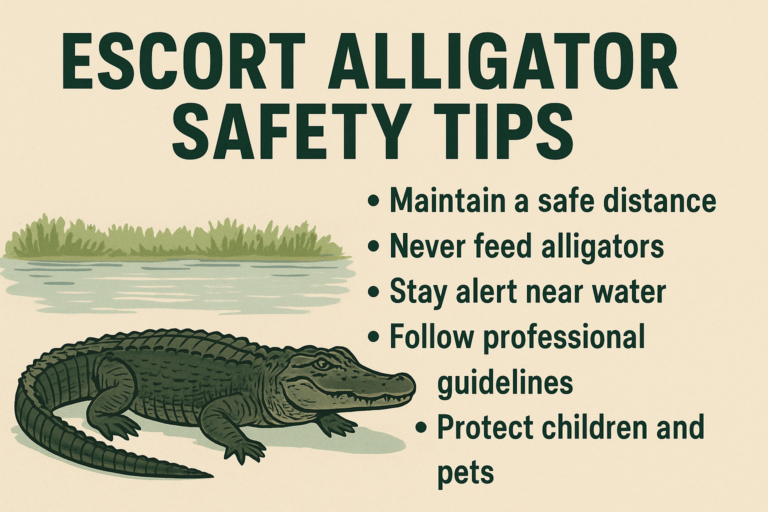introduction: timing belt date When it comes to car maintenance, the timing belt plays a critical role in keeping your engine running smoothly. But how do you know when it’s time to replace it? A key part of the timing belt maintenance is understanding the timing belt date. In this guide, we’ll explain everything you need to know about the timing belt date, why it’s important, and how to keep your car in top condition.
What is a Timing Belt?
Before diving into the timing belt date, let’s briefly talk about what the timing belt actually does. The timing belt is a crucial component in an engine. It controls the timing of the engine’s valves by synchronizing the rotation of the crankshaft and camshaft. This helps ensure that the engine’s valves open and close at the right time, preventing serious engine damage.
Why is the Timing Belt Date Important?
The timing belt date, also called the “timing belt replacement date,” is the date when the manufacturer recommends replacing the timing belt. This is important because timing belts don’t last forever. Over time, they wear out, crack, or become damaged. If the belt fails, it can cause severe engine damage, which could be costly to repair.
So, knowing your timing belt date helps you keep track of when it’s time to replace the timing belt, ensuring that your engine stays in top condition and preventing unexpected breakdowns.
How to Find the Timing Belt Date
You might be wondering, “How do I find the timing belt date on my car?” There are a few ways you can find this information:
- Owner’s Manual
The first place to check is your car’s owner’s manual. Manufacturers usually recommend a timing belt replacement interval based on mileage or time. This might be every 60,000 miles or so, or after about 5-7 years, depending on the make and model of your car. - Service History
If you’ve had your car serviced regularly, the timing belt date may be recorded in your car’s service history. If the belt has already been replaced once, you’ll know when it was last changed. - Mechanic’s Advice
If you’re not sure about the timing belt date, ask a mechanic to inspect it. They can check the condition of the timing belt and let you know if it’s close to needing replacement.
Signs It’s Time to Replace the Timing Belt
Timing belts don’t always give a clear sign when they’re about to fail. However, there are some common signs you should look out for:
- Engine Misfires: If the timing belt is wearing out, the timing of the engine’s valves can be off, which can cause engine misfires or rough idling.
- Strange Noises: A worn timing belt may produce unusual noises, like squeaking or slapping sounds, as it rubs against other parts of the engine.
- Oil Leaks: Timing belts can develop cracks or holes over time. If you notice oil leaks around the timing cover, it could mean your timing belt is in poor condition.
- Engine Won’t Start: If your timing belt has snapped, your engine may fail to start. This is a serious issue that often requires extensive repairs.
How Often Should You Replace the Timing Belt?
As mentioned earlier, the timing belt doesn’t last forever. Most manufacturers recommend replacing the timing belt between 60,000 and 100,000 miles (or every 5 to 7 years). However, this can vary depending on your car’s make, model, and driving conditions. Always check your owner’s manual for the exact timing belt replacement interval for your vehicle.
What Happens If You Don’t Replace the Timing Belt?
If you neglect to replace the timing belt as recommended, you risk serious engine damage. A broken timing belt can cause the engine’s pistons to collide with the valves, leading to bent valves, damaged pistons, or even a destroyed engine. The repair costs can easily run into the thousands of dollars, so it’s definitely cheaper and less stressful to replace the timing belt on time.
How to Extend the Life of Your Timing Belt
While timing belts will eventually wear out, there are a few things you can do to extend their life:
- Regular Inspections: Have your timing belt checked during routine maintenance. A mechanic can spot wear and tear early on and recommend a replacement before it becomes a problem.
- Drive Gently: Avoid aggressive driving, such as rapid acceleration or sudden stops. This can put extra strain on the timing belt and other engine components.
- Follow Manufacturer Recommendations: Stick to the manufacturer’s suggested timing belt replacement schedule. It’s there for a reason, and it helps keep your car running smoothly.
Conclusion
Knowing your timing belt date and keeping track of when it’s due for replacement is an important part of car maintenance. By understanding the timing belt’s role and following the manufacturer’s recommendations, you can avoid costly engine repairs and keep your car running smoothly. Remember, prevention is always better than dealing with a broken timing belt!
Frequently Asked Questions (FAQs)
1. Can I drive with a worn-out timing belt?
It’s not recommended. If the timing belt is worn out, it could break, causing serious damage to your engine. It’s best to replace it as soon as possible.
2. How do I know if my timing belt has been replaced before?
Check your car’s service records. If it’s been replaced, the mechanic will usually record the date and mileage.
3. How much does it cost to replace a timing belt?
The cost varies by make and model, but on average, replacing a timing belt can cost anywhere from $500 to $1,000. It’s a good idea to get a few quotes from local mechanics.
4. Can I replace the timing belt myself?
Replacing a timing belt is a complex task that requires special tools and expertise. It’s best to leave it to a professional mechanic.
5. What happens if I ignore the timing belt replacement?
Ignoring the timing belt replacement can result in the belt breaking, which may cause severe engine damage and costly repairs.
By staying on top of your timing belt maintenance, you’ll ensure that your engine stays in good shape for years to come. Keep your car happy, and it will return the favor!








